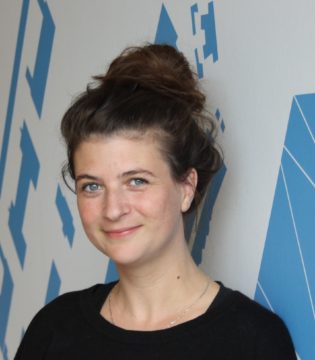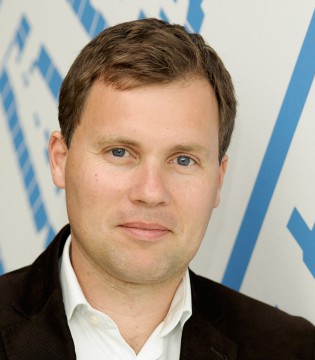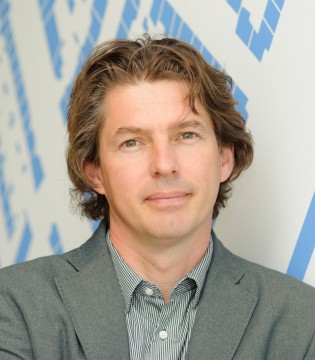When we started to work on the ecological part of sustainable finance some five years ago, with our report on the impact of the carbon bubble on the European financial system, this at times could feel quite lonely. It was up to us to push the message with people on the other side of the table, mostly looking highly skeptical, if now outright bored.
Now, returning after a four month sabbatical, I find reports by an FSB taskforce on financial climate disclosure and by the EU expertgroup on sustainable finance. My six wonderful colleagues at the Sustainable Finance Lab are working with leading Dutch financial institutions on finding ways to finance fair and circular smartphones, started two Horizon 2020 programmes on the financing of eco-innovations (INNOPATHS and NATURVATION) and our co-chair gave a presentation on the circular economy in parliament. By invitation of the Dutch central bank financial institutions are making progress in diverse fields as carbon accounting and climate risk assessment, sustainable finance education and impact measurement. The Sustainable Pension Investment Lab has gone live. The movement for now also greening monetary policy is gaining momentum. Just to name some highlights.
So can I go back travelling? Maybe I can, but then again, the issues at stake are just too interesting, and the urgency for change so big, not to want to be involved. How can our quickly increasing insight into the financial risk of climate change, but also biodiversity loss and other ecological issues, be used by financial risk managers and supervisors? And what about the social dimension of sustainability? What should the sustainable model mandates that the EU expertgroup discussed in its interim report look like? And in what way is the whole phenomenon of purpose driven business relevant to finance? Questions we will answer in the year ahead.




